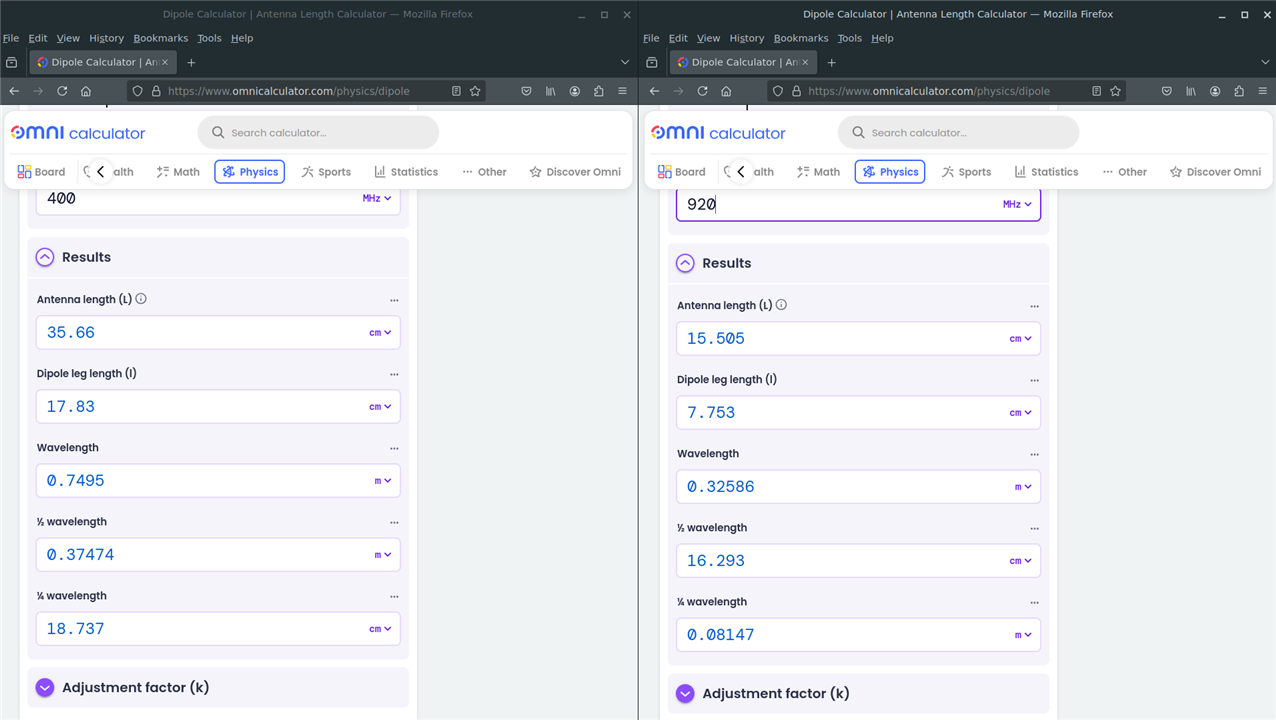Dear RF Engineers and Applied Physicists,
What are your experiences on connecting a Sub-1GHz transceiver to a public TV antenna?
Since I live in a very dense city with skyscrapers, I cannot set up my own antenna outside my building. Then, I want to wire my own SMA Male to TV Male Plug coaxial cable. This will connect my Sub-1GHz transmitter directly to my building`s public TV antenna.
The next step is to connect my ISM band Sub-1GHz transmitter to test a receiver several hundred metres to 1km away.
Who have experience on this? What else should I do to improve the transmission or communication? I guess a high quality Element14 MultiComp coaxial cable can serve well.
Thanks for your opinions.

